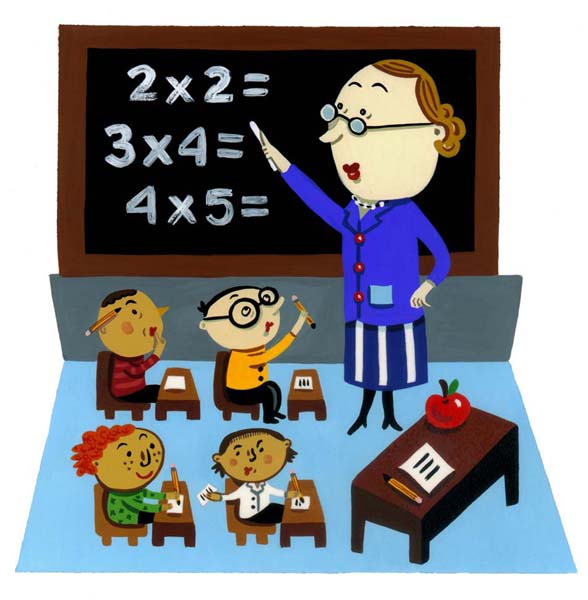|
Executive Functioning Resource Page for Teachers
|

http://students.ou.edu/K/Blair.K.Kelley-1
|
 http://students.ou.edu/K/Blair.K.Kelley-1 |
Links:
|
Tips to help teachers manage executive dysfunction in the classroom: 1) Help with time management. Encourage and monitor the student’s use of a planner to record homework assignments and due dates. Allow the use of a visual timer to help the student manage time and self-monitor attention in the classroom. 2) Help with organization. Set up a system for organizing binders or accordion files, and make sure the student is using his/her organizational system. Keep a supply of pencils and paper in the classroom for students to use, just in case. 3) Meet with the student on a regular basis. Use the time to review work and troubleshoot problems or potential future challenges. 4) Use visuals. Display a visual calendar of the daily schedule, and more detailed agendas for each class period. Supplement auditory directions with written instructions, use visuals when teaching, and provide copies of lecture notes to the student. 5) Be mindful of transitions. Give students advance warning of transition times or changes in routine. Provide frequent opportunities for students to practice transitions between activities. 6) Limit distractions. Keep your classroom – especially the front of the room – as distraction-free as possible. Seat the student near the front of the room, away from distracting classmates or visuals. 7) Allow for movement. Give frequent movement breaks and incorporate gross motor activities into your teaching. |